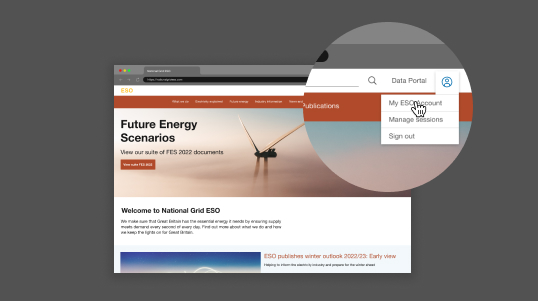Find out about the different types of existing frequency response services and how to get involved.
We have a licence obligation to control system frequency at 50Hz plus or minus 1%. We make sure there is sufficient generation and demand held in readiness to manage all credible circumstances that might result in frequency variations. On this page you can find out more about the different types of frequency response that we procure to enable us to do this.
There are two categories of frequency response:
Dynamic frequency response is a continuously provided service used to manage the normal second by second changes on the system
Non-dynamic response is usually a discrete service triggered at a defined frequency deviation.
Frequency data
You can find real-time data, such as demand data and frequency data over the last 60 minutes, on our Realtime Extranet site.
The Historic Frequency Data page holds data for Great Britain at a 1 second resolution up to and including 2020. For historic frequency data after 2020 this is now published on the ESO Data Portal.





